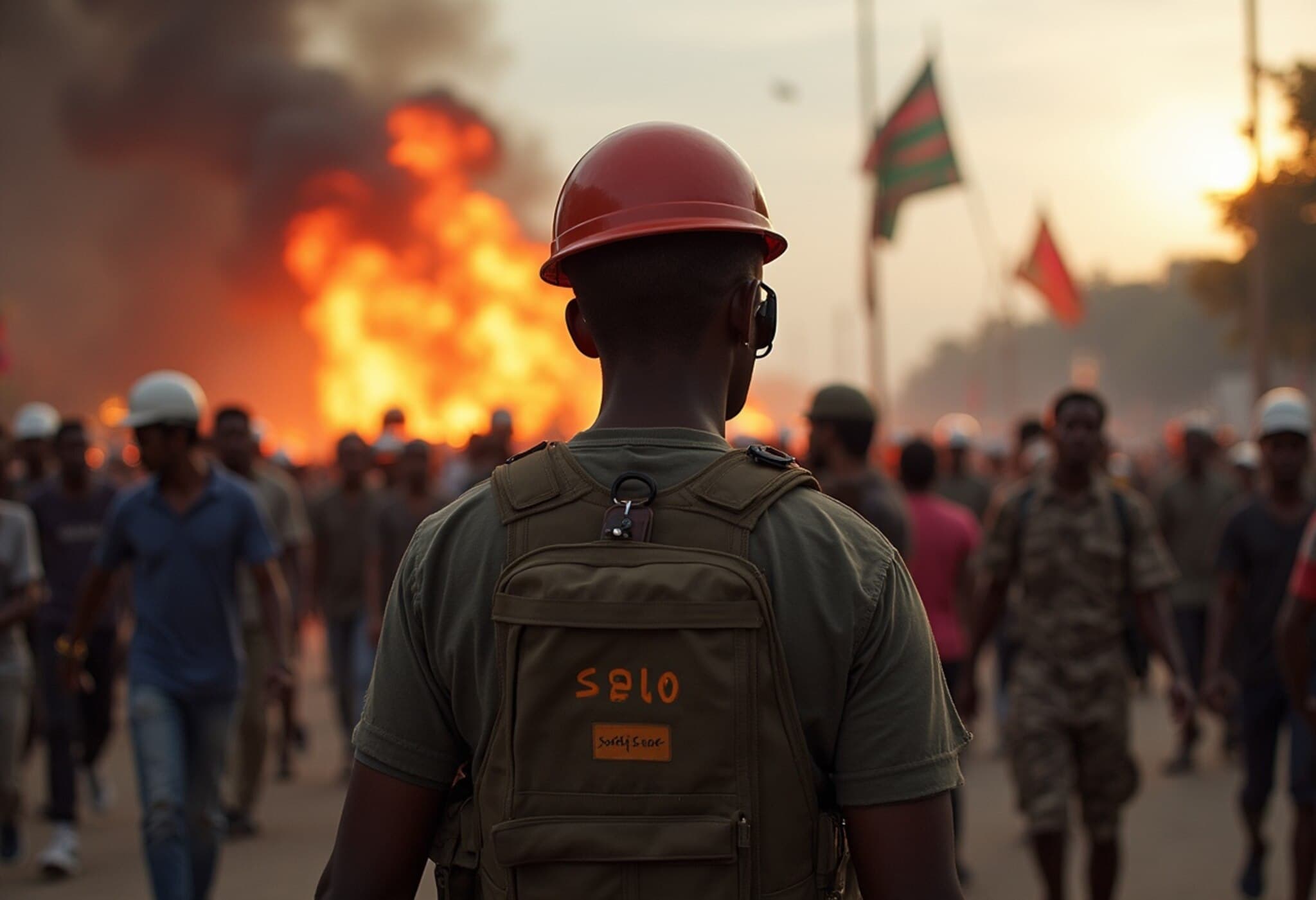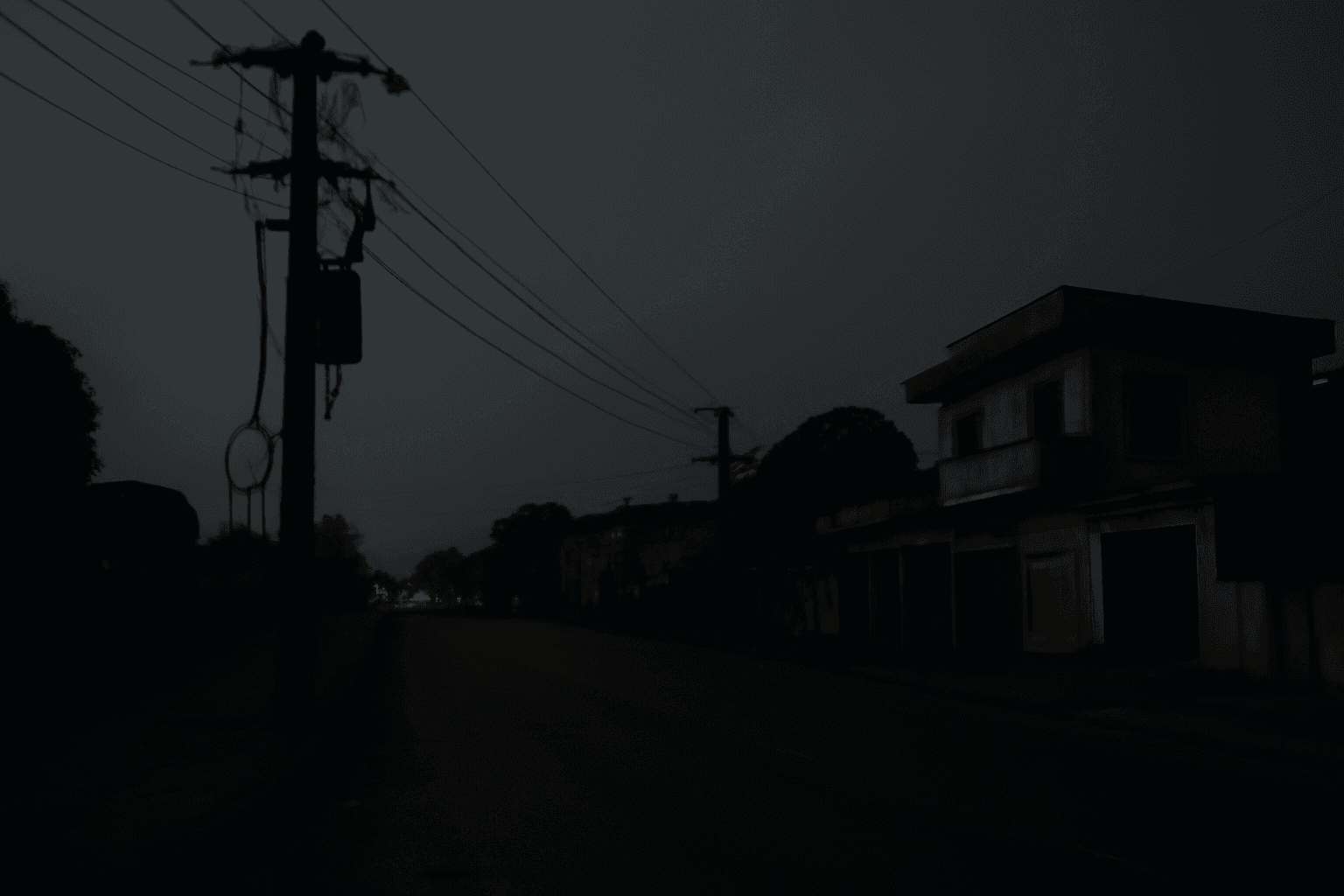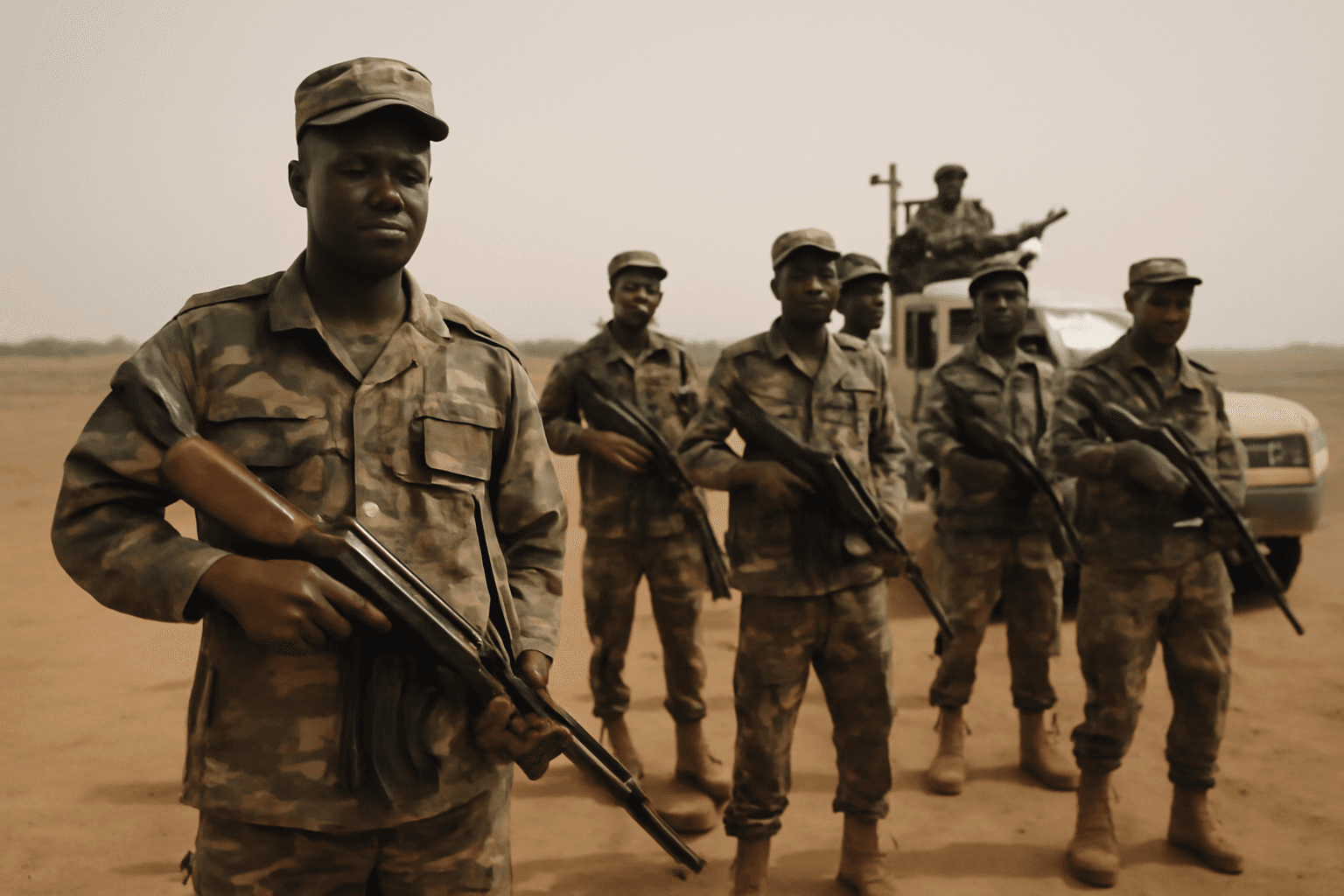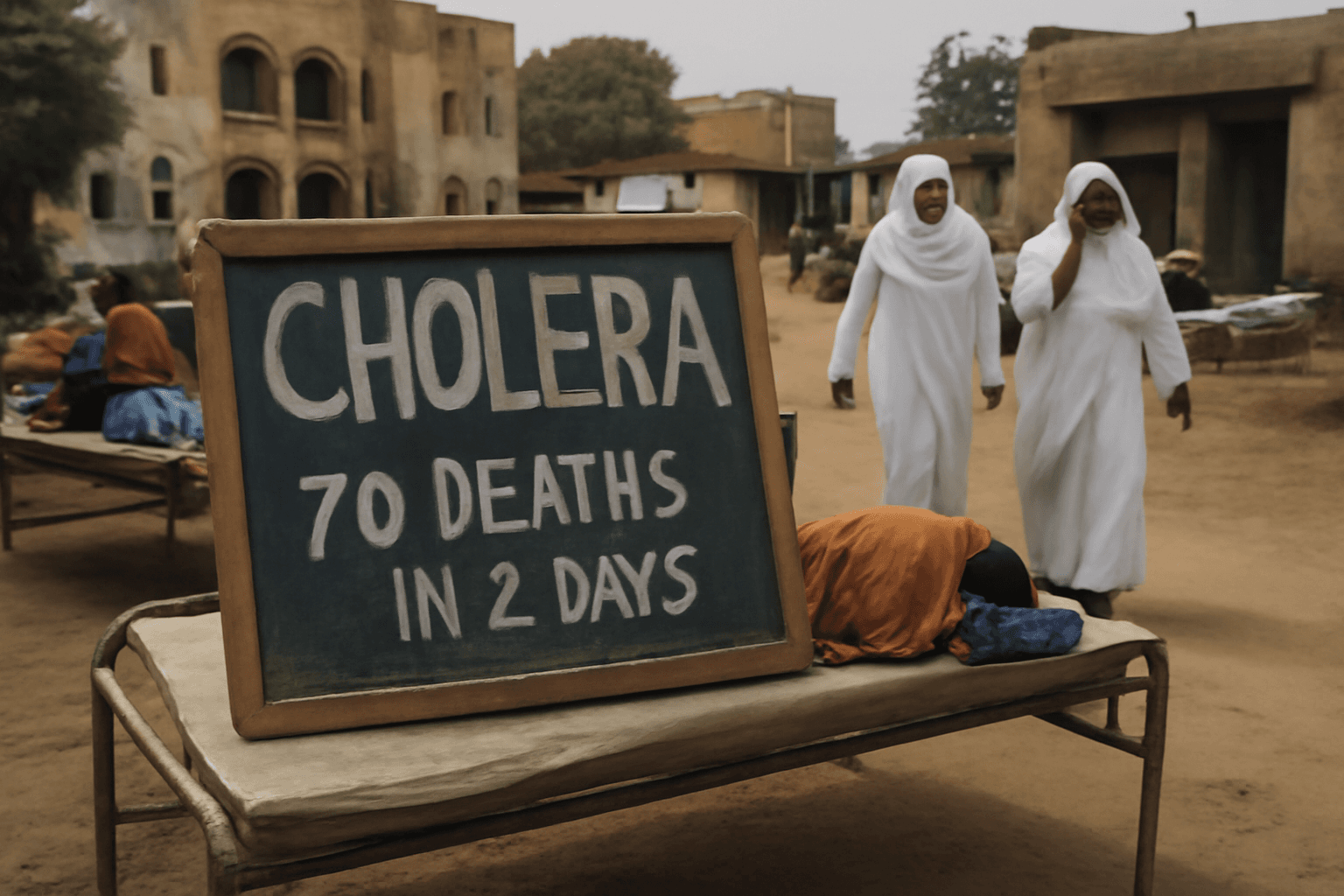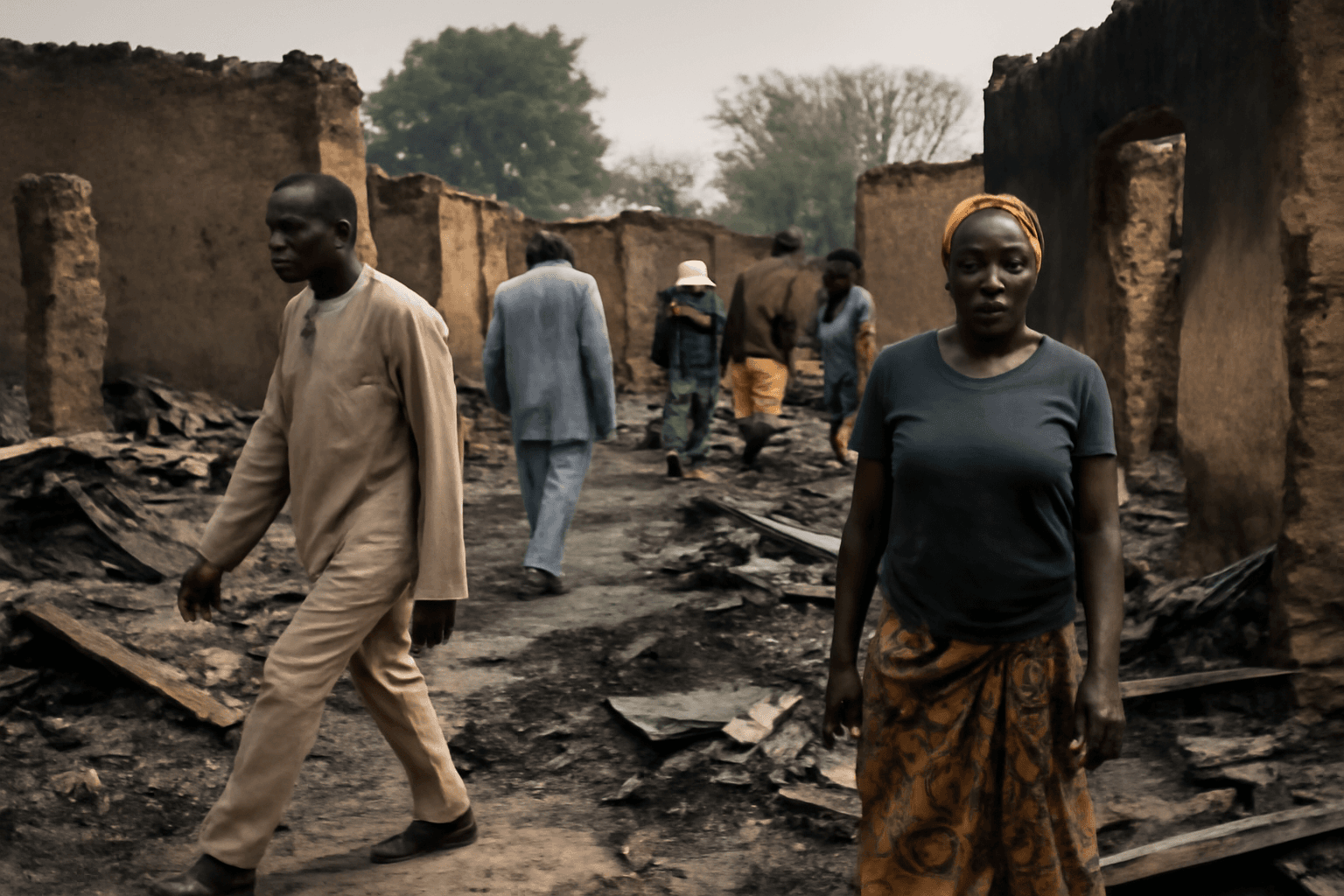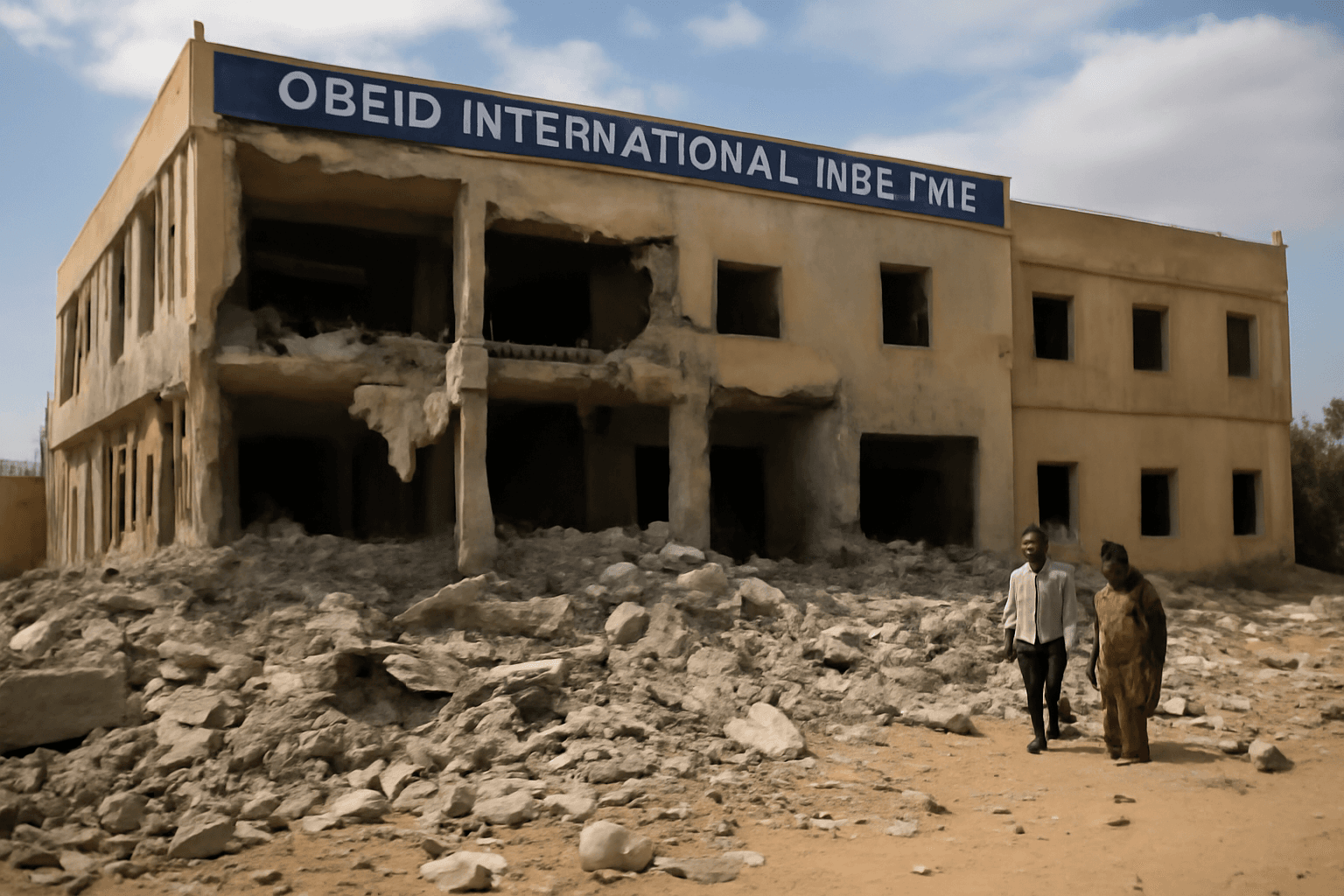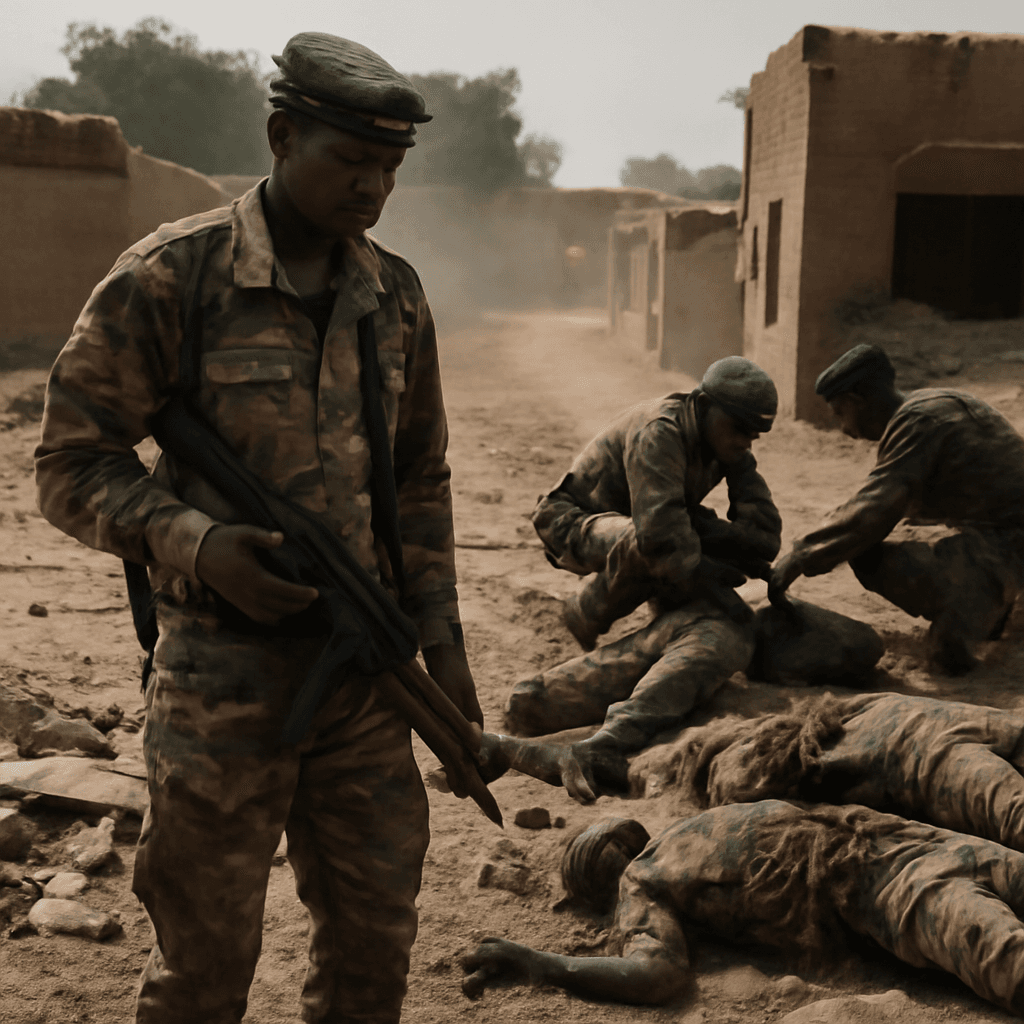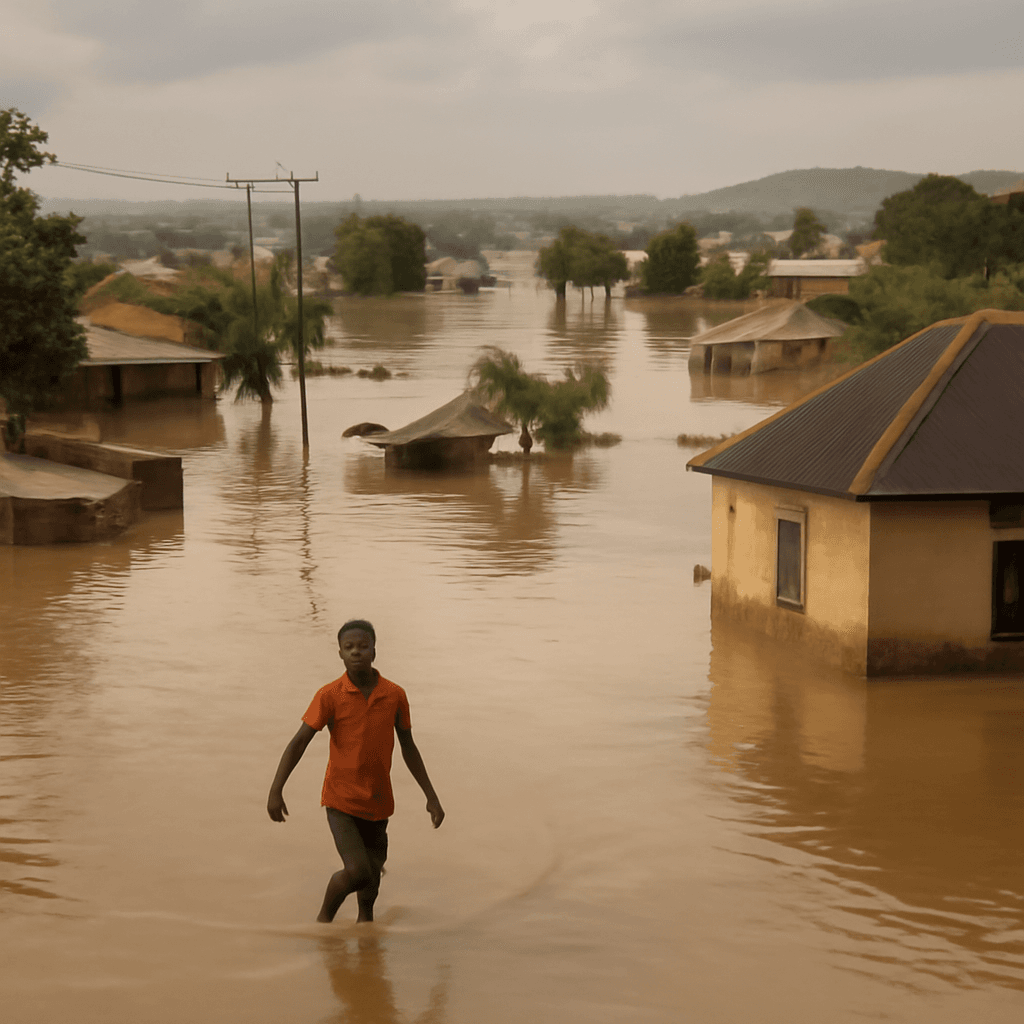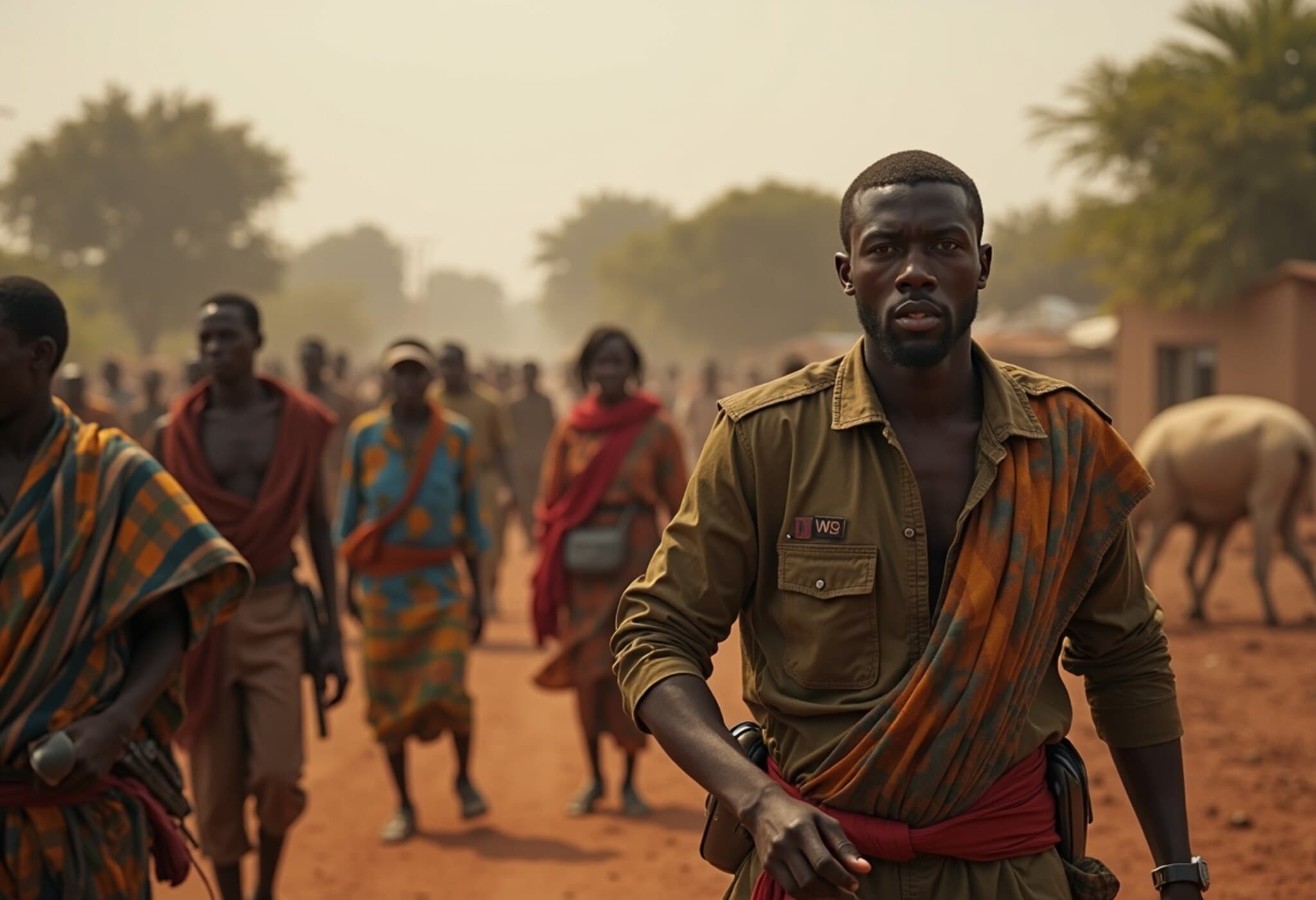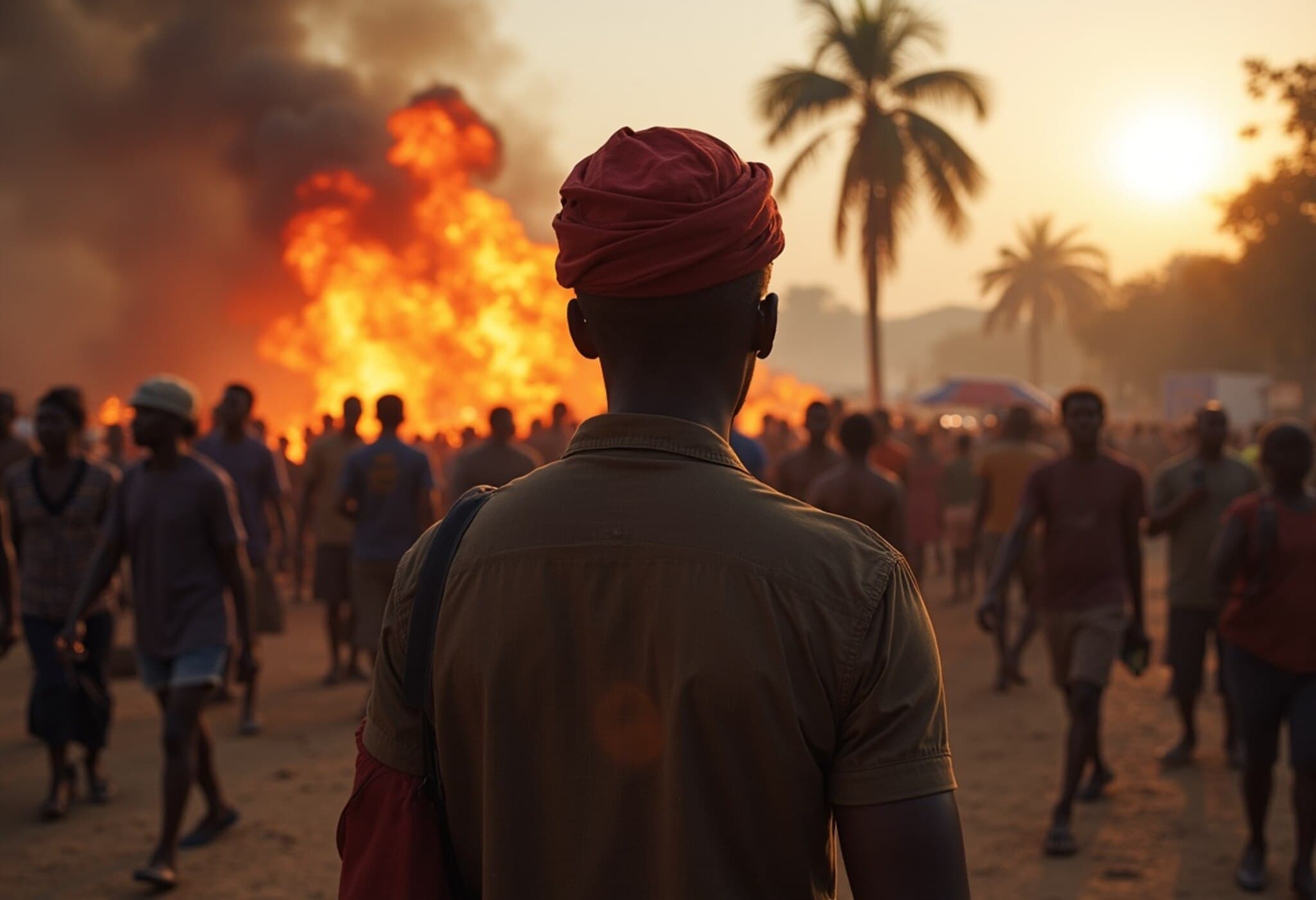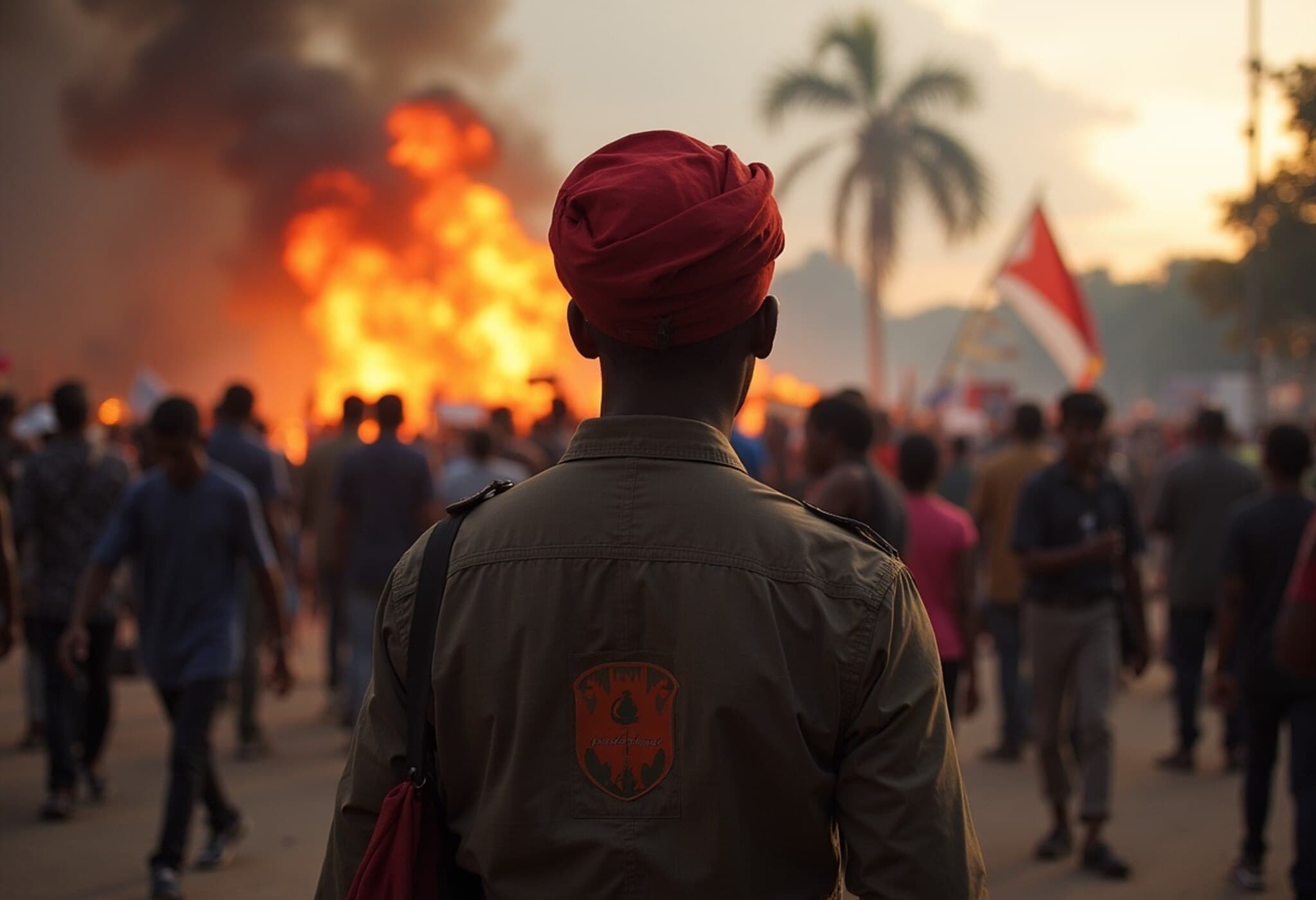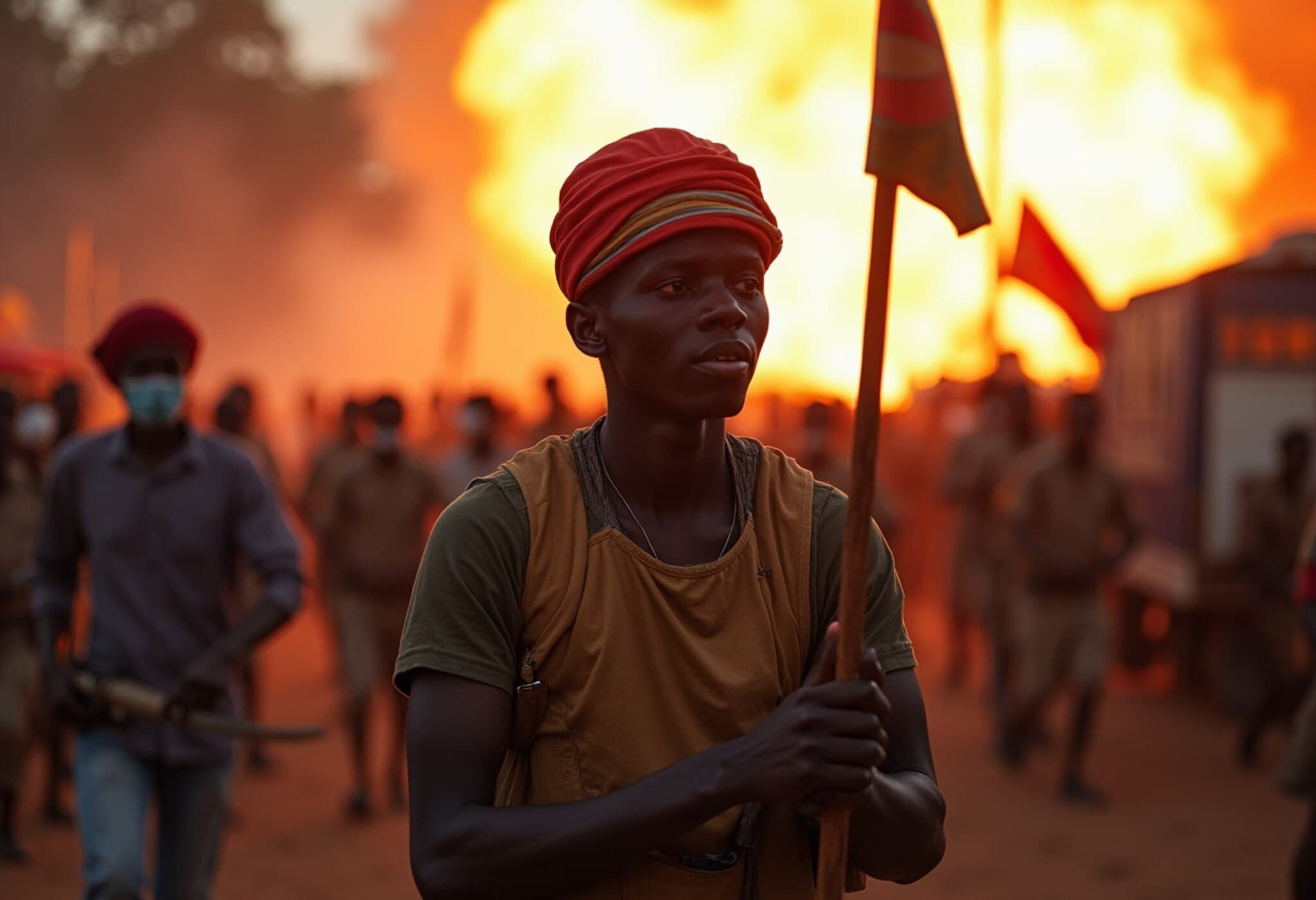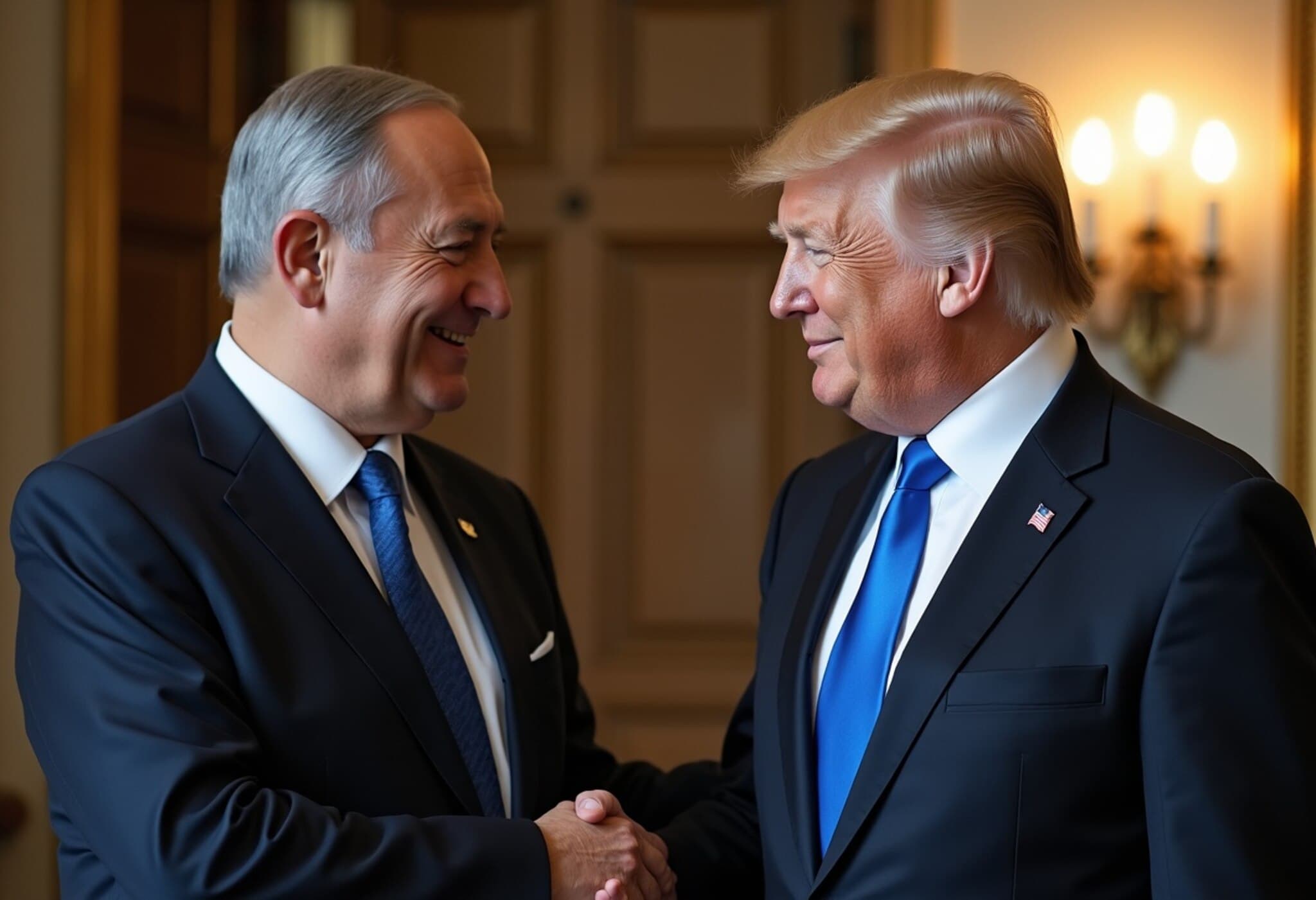Kenya’s Capital Nairobi Under Lockdown as Violence Escalates
On July 7, 2025, Nairobi, Kenya’s bustling capital, was virtually brought to a standstill amid intense clashes between protesting youths and heavily armed police forces. The unrest, fueled by ongoing frustrations with economic stagnation, corruption, and police brutality, spiraled into violent confrontations that claimed the lives of at least 10 people and led to hundreds of arrests nationwide.
Background: The Pulse of Saba Saba Day
The protests coincided with Saba Saba Day (July 7), a significant date commemorating Kenya’s 1990 uprising demanding multi-party democracy after decades under autocratic rule by former President Daniel arap Moi. This annual marker now serves as a focal point for citizens expressing disillusionment with the current government led by President William Ruto.
Clashes and Casualties
According to the Kenyan National Commission on Human Rights (KNCHR), 10 fatalities and 29 injuries were documented across 17 counties amid the day’s unrest. The National Police Service (NPS) reported slightly higher casualties, stating 11 deaths, alongside injuries sustained by 52 police officers and 11 civilians. Scenes from Nairobi’s outskirts revealed tense confrontations, with anti-riot police deploying teargas to disperse demonstrators who retaliated by throwing rocks and engaging in looting.
Protesters’ Grievances and Government Response
At the heart of the uprising, young Kenyans—who make up a significant portion of the population—express grave concerns over limited economic opportunities, rampant corruption, and unchecked police violence. Many are trapped in informal, low-wage jobs with little hope for advancement, intensifying feelings of marginalization.
Protesters brandished slogans like "Ruto Must Go" and "wantam" (one term), calling for accountability and change. However, government officials have characterized the unrest as infiltrated by criminal gangs, threatening national stability. Interior Cabinet Secretary Kipchumba Murkomen condemned the violence, attributing it to external agitators aiming to sow chaos, and promised thorough investigations and prosecutions.
Allegations of Police Collusion and ‘Hooded Gangs’
The KNCHR accused police forces of cooperating with violent 'hooded gangs' armed with crude weapons such as whips, machetes, and bows, operating alongside officers to exacerbate chaos. The police spokesperson Michael Muchiri refuted these claims, stressing the force’s commitment to law enforcement and denying collaboration with any criminals. Nonetheless, this raises critical questions about the blurred lines during crackdowns and the legitimacy of state actions.
A City in Suspense
Much of Nairobi’s central business district was eerily quiet, with shops shuttered and heavy security checkpoints restricting movement. Local security guard Edmond Khayimba described the deserted city center as "unlike anything I have seen before." Yet, on the metropolitan outskirts, pockets of unrest persisted, with reports of looting, vandalism, and injuries continuing into the afternoon.
Underlying Issues and Future Implications
- Economic disenfranchisement: Approximately 80% of Kenyans remain trapped in the informal sector without social protections or steady incomes, fueling social discontent.
- Human rights concerns: Since June of last year, over 80 protest-related deaths and countless unlawful detentions have spotlighted government heavy-handedness.
- Political climate: President Ruto’s tenuous alliance with opposition leader Raila Odinga has created a complex political landscape ahead of the 2027 elections.
- Escalation risks: Activists warn that repeated violent crackdowns could perpetuate a cycle of unrest, undermining Kenya’s democratic progress.
Expert Perspectives
Human rights analyst Dr. Amina Mwangi emphasizes the governments’ need to address root causes rather than focusing solely on suppressive tactics: "Sustainable peace in Kenya depends on nuanced engagement with youth frustrations, transparent governance reforms, and ensuring accountability for abuses by security forces." Meanwhile, regional security specialists note that ignoring socio-economic inequalities in East Africa could destabilize not only Kenya but neighboring countries reliant on its economic leadership.
Editor’s Note
The ongoing protests in Nairobi reveal a deeply polarized nation grappling with historic grievances and emerging challenges. As Kenya approaches its next presidential election cycle, the government’s response to these protests will be closely scrutinized internationally and domestically. Will calls for reform and justice be heard, or will cycles of violence continue to shadow Kenya’s democratic aspirations? For observers and policymakers alike, these events underscore the urgent need for comprehensive strategies that blend security with social justice.

